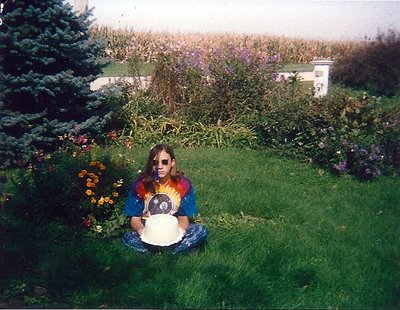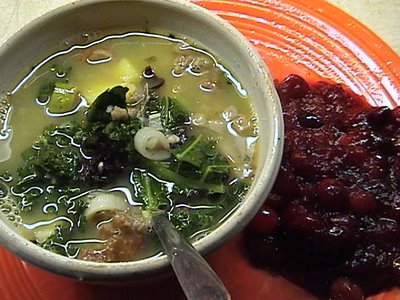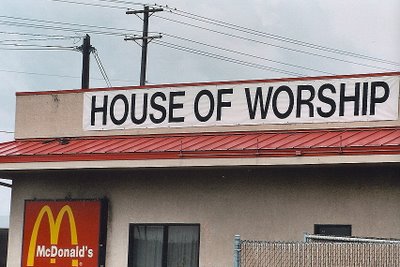Sacrificing Ones Values To Get By
 My last post spoke a lot about making choices that have positive implications. I believe we all feel better about doing good. That is why recycling has caught on with so many people. It gives us a warm fuzzy feeling. However, we are also faced with decisions or choices where we are not forced, but left with few alternatives. One such example is work. The fool has a couple photos on one of his posts from a German Ad campaign about "Life's Too Short For The Wrong Job". Indeed. But how many of us have been in a crumby job because we need the money? Then to make it worse, what if the job goes against our morals?
My last post spoke a lot about making choices that have positive implications. I believe we all feel better about doing good. That is why recycling has caught on with so many people. It gives us a warm fuzzy feeling. However, we are also faced with decisions or choices where we are not forced, but left with few alternatives. One such example is work. The fool has a couple photos on one of his posts from a German Ad campaign about "Life's Too Short For The Wrong Job". Indeed. But how many of us have been in a crumby job because we need the money? Then to make it worse, what if the job goes against our morals?Well, I have been fairly lucky to have jobs I have either enjoyed or felt like I was at least doing some good. I have worked for several libraries, done some community support work, and worked in the environmental health field. I have also worked in a plastic factory.....and it was only a year ago. I was out in Oregon and in really a tough bind. It was the rainy season so we could no longer camp. We had to pay the rent. The job market was very competitive and there were few jobs to be found. It was in a town where more than 50% of the population had a bachelors degree or better, so was just another jobless grad. I ended up at a temp service that set me up with a job packaging accessories for electric toothbrushes for $7.90 an hour. I had a really hard time accepting what I was doing. I was creating disposable, totally unnecessary objects for a multinational corporation. My only consolation was that I often biked to work and I spent a lot of my money at the co-op buying local food. I worked there for a couple months until they began laying people off-in which I volunteered for. Luckily, shortly afterwards I ended up working for the library and the co-op.
Still, how many people out there are doing jobs that either demoralizes them or goes against their morals. So in response, this post is dedicated to the independent-minded showgirls, the vegetarians working at grocery store deli counters, the pacifist soldiers, the anarchist factory workers- I feel your pain.
Please feel free to share your compromising jobs.
Labels: Enough About Me, Random Thoughts





























